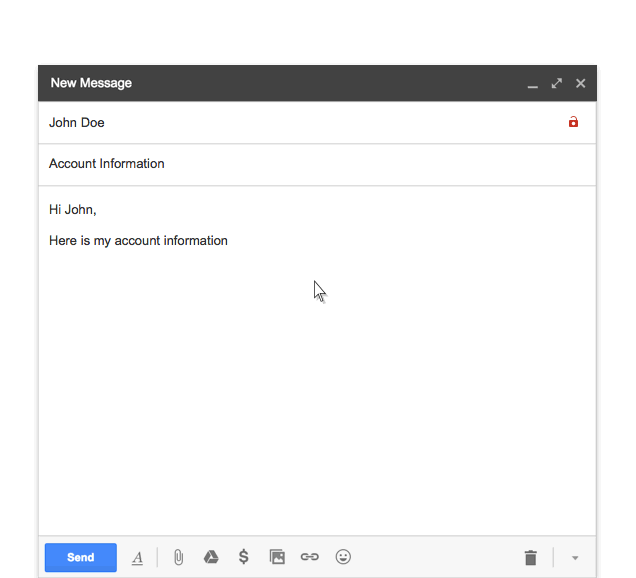We all know that paying attention to email security can protect sensitive information from prying eyes. But if you do email marketing, did you know that it can also improve your open and response rates as well?
Transport Layer Security, or TLS for short, is a relatively new security standard for email. It is the successor to the previous Secure Sockets Layer (SSL) standard familiar to many. In a previous blog article, we examined the security implications of TLS for email privacy. Here, we will take a deeper look at how it can affect your marketing as well.
TLS, email security and open rates
TLS is optional for people to use, and years ago, according to this article, at first people only used it when there were privacy concerns about the contents: for example, when the client wants to receive only encrypted emails. But it goes on to point out that today, there is an even bigger reason for marketers to use TLS encryption: open rates.
As an example, Google’s Gmail flags the security settings of your email for all to see. When you are the sender, choosing recipients who are not using TLS security will cause a red, unlocked “padlock” icon to be displayed in the upper right-hand corner of your compose screen. More importantly, when you aren’t using TLS, your email is shown with a similarly broken padlock, and your sender ID is displayed with a big, red question mark next to it.

So why does this matter – especially if you aren’t sending things like people’s account numbers or the top-secret plans for the next Space Shuttle? Appearances, pure and simple. Would you open an email from someone being flagged as “suspicious”? This source notes that even though TLS requires bandwidth and isn’t a perfect, foolproof solution for security, marketers are often concerned nowadays about how their emails appear to the recipient, and a broken red padlock isn’t exactly reassuring.
In a blog post announcing these changes, Google itself is far from comforting for recipients, noting that “Not all affected email will necessarily be dangerous. But we encourage you to be extra careful about replying to, or clicking on links in messages that you’re not sure about.” Ultimately, you want your outbound email marketing messages to pass Google’s security checks so that the percentage getting opened is as high as possible.
What you should do, and how we can help
As a marketer, this means that you should determine if the email address you are sending to supports TLS, and how you can use this additional security measure in marketing efforts to your advantage. Specifically, you want to make sure that you are sending TLS encrypted messages to recipients using TLS servers, so you get the security stamp of approval. At the very least, you want to track and understand the impact on open rates for emails that are flagged as not secure.
So how do you determine whether an email address on your list uses TLS or not? Our DOTS Email Validation tool can come to your rescue here – it returns a Notes code letting you know whether the recipient’s email server supports TLS connections for encrypted email communication. Plus you get all the other benefits of email validation, including verifying and correcting addresses, as well as flagging spam traps, honeypots, known spammers and bogus addresses. Want to learn more? We’re always happy to help.













